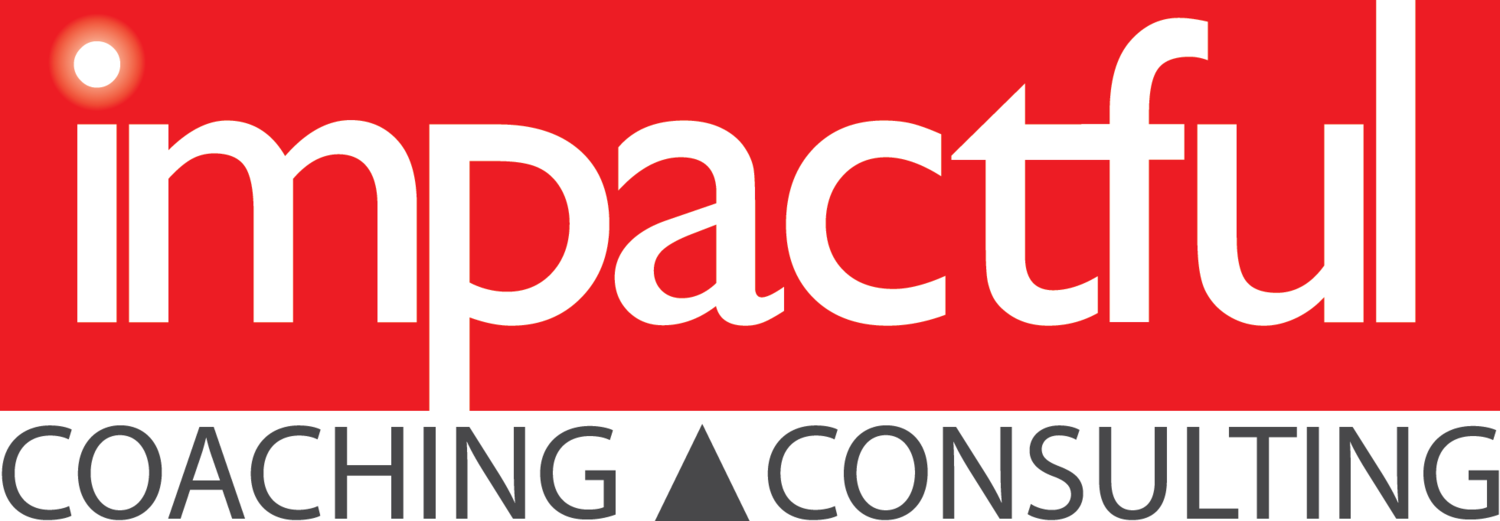Read More“Thank you for sharing these helpful tips about taking breaks. Somehow, I was already taking a walk, reading and eating during my breaks. I intend to continue doing them. However, I may explore listening music which I rarely do. Sometimes, one feels a sense of guilt when one takes a break. It is reassuring to know that it is beneficial.”
The next “self-care” step is to “sharpen your saw,” to quote the habit devised by Stephen Covey.
Like a dulled saw cutting through a thick tree log, we produce diminished results when our depleted self attempts to “cut through” the daily grind and challenging projects. Even when we are working, we’re just going to get the same amount done or at the same level of quality.
To succeed over the long haul, we need to take care of ourselves through what we eat, the exercise and sleep we get, and more.
Read MoreFor everyone who "sprung forward" over the weekend, it'll take some time for your bodies to adjust.
Even if you slept in, its still on its old schedule.
Here are some quick tips to help it adjust:
Stay consistent with your eating, bed, and exercise times
If you need to nap, keep it short
No project of scale can occur without clear communication. Everyone involved must know what needs to be done and how they’re expected to do it. Otherwise, you’ll quickly get a silo effect, where team members work too independently and decrease productivity.
As leader, you’re the one who needs to set the tone. For many of us, this can be a real challenge.
Read MoreBreaking often to get more done may seem counterintuitive. I mean, who would think that that taking additional breaks would help you be more productive? Especially when you’re so busy as it is, and your to-do list is packed with things that must get done.
But hear me out. Because even if you pride yourself in your work ethic and your ability to concentrate for prolonged periods, your brain, your mind and your to-do list will thank me.
There are many reasons that we should be taking regular work breaks. Here are some of them.
Read MoreOne of the biggest time wasters occurs when we repeat work that can be easily automated or duplicated (think: copy and paste.) This is true in every industry and position. Amongst coders, work repetition was so prevalent that it inspired the creation of the “Don’t Repeat Yourself” technique (or DRY Principle,) which discouraged the recreation of reusable code. While DRY, was made famous by coders, it is easily applicable to non-programmers as well.
Many of the things that we do often – such as replying to emails, crafting correspondences, writing articles, briefs, or proposals – unnecessarily take up large chunks of our day. At its core, DRY is about saving time by reusing work that’s already been done and materials that’ve already been prepared so that you don’t have to continually repeat the same work time and again.
Read MoreWe have all attended great presentations that left us wanting more. And then there were the ones that gave us the itch to get up or log out. Oftentimes, the difference between the two talks has nothing to do with the presenter’s experience or content knowledge. Rather, it came down to knowing their audiences and finding ways to connect with them early and often.
Read MoreA parable is told about a pencil-maker who was preparing to put an important pencil in a box. Before doing so, though, he took the pencil aside. “There are five things you need to know,” he said. “If you can remember these five things, you will become the best pencil you can be.”
You will be able to do many great things, but only if you allow yourself to in someone else’s hand.
- Sharpening is painful, but it is critical if you want to write sharply.
- Since you have an eraser, you can correct most mistakes you make, though some may be harder to erase than others.
- Remember, it’s what’s inside that’s most important.
- Whatever surface you on, make sure you leave your mark. No matter how hard, rough, or easy, you must continue to write.
This parable shares powerful lessons for every leader.
Read MoreAs a teacher and, later, in my role of school administrator, I was often concerned with all my materials being “just right.” My worksheets needed to not only properly engage students in the content, but they had to be visually pleasing and properly formatted.
As head of school, I would carefully edit each newsletter and the student handbook, among other things. If my name was on it, it needed to be “perfect.” Of course, this approach took much of my time and limited my effectiveness in other ways.
Read More








